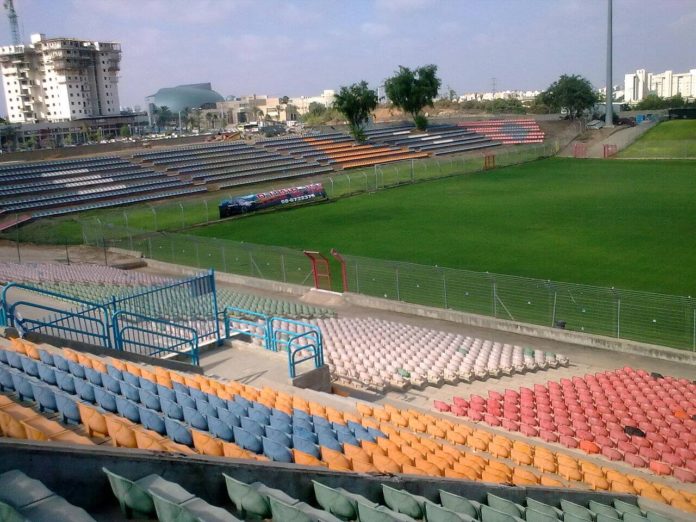
I’m always surprised how early the pilot announces we’re beginning our descent. Feels like we’re only half way there.
Hapoel Ashkelon FC’s Berlin training camp is fast approaching. My colleagues around me all look quite relaxed. They wouldn’t be feeling like that if they knew how far from deciding any tactics the gaffer was right now.
My thoughts turn again to the history of tactics. In a parallel universe (FM15) I’ve had some fun using tactics derived from Sir Alf’s 1966 team. But that begs the question: how exactly did they set up?
The textbooks all say it was a classic 4-3-3. They illustrate this with net symmetrical diagrams, consisting of three parallel lines across the pitch.
I really doubt it was like that. Styles, the ball-winner, would have played deeper than the other two midfielders, Ball and Peters. And I’m sceptical of the standard description of Charlton as a centre-forward. My memories of him from Match of the Day – admittedly from a few years’ later – are of someone who liked to come deep. Think of the great goals, some archived on YouTube, which he scored with his unrivalled long shots. Hurst, the target man, and Hunt, the poacher, led the line. Surely Charlton dropped deeper.
When I tried to replicate the tactic at Crewe, I opted to make the Charlton figure (aka Lauri Della Valle) an enganche. With Styles (aka Anthony Grant) in the defensive midfield position, this seems to require a choice between a narrow or a wide diamond.
But that’s only because of an annoying limitation of FM. Peters and Ball certainly didn’t play only in the centre; but they also didn’t spend all their time out wide. They often played in between, as indeed do many modern players. But FM makes you choose: put the midfielders out on the flanks – and leave a gaping hole in the middle; or bring them both into the centre, where they’re too easily smothered or bypassed.
My solution at Crewe was a compromise: a central midfielder on one side and a wide midfielder on the other:
|
Target man (‘Hurst’) |
Poacher (‘Hunt’) | ||
|
Enganche (‘Charlton’) |
|||
| Central midfielder (‘Peters’) | Wide midfielder (‘Ball’) | ||
|
Ball-winner (‘Styles’) |
|||
| Full-back (‘Wilson’) |
Centre-back (cover) (‘Moore’) |
Centre-back (‘Charlton’) |
Wing-back (‘Cohen’) |
|
Goalkeeper (‘Banks’) |
|||
To my surprise, and that of the board, a formation that I set up just as a test took the side, predicted to finish at the bottom, to promotion. Jake Wright, whom I brought in from Oxford, made an excellent Bobby Moore, providing leadership and cover from the left centre-back position.
With some modification – our wide players are naturally wingers rather than the kind of wide midfielder (or defensive winger) that I’d prefer – it might just work at Ashkelon. Who knows?
I leave the plane with one formation pencilled in.




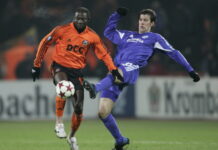
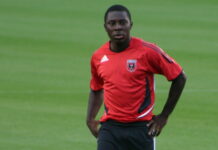












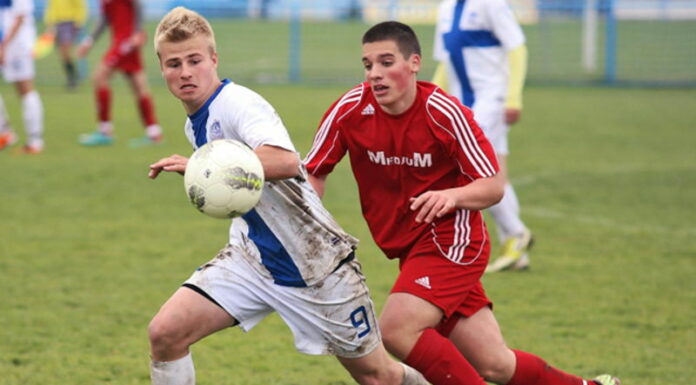

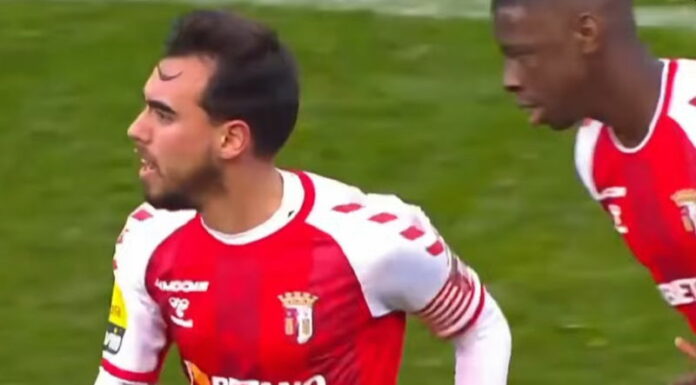


Comments are closed.